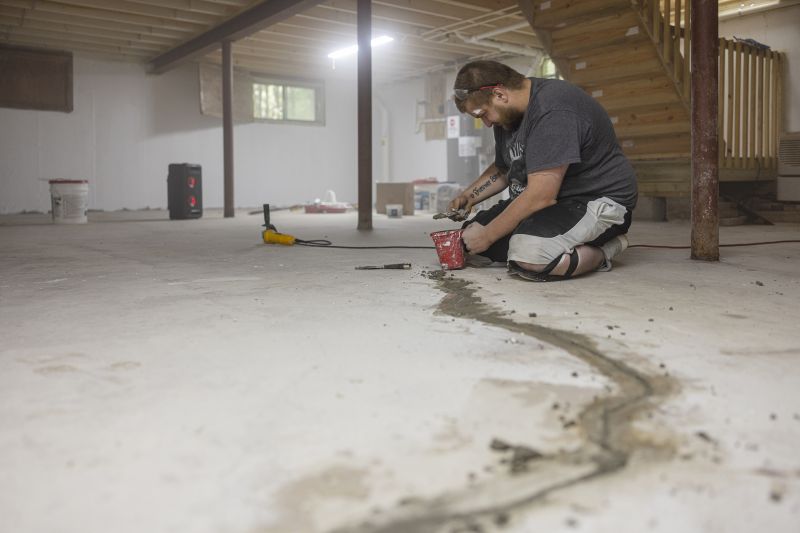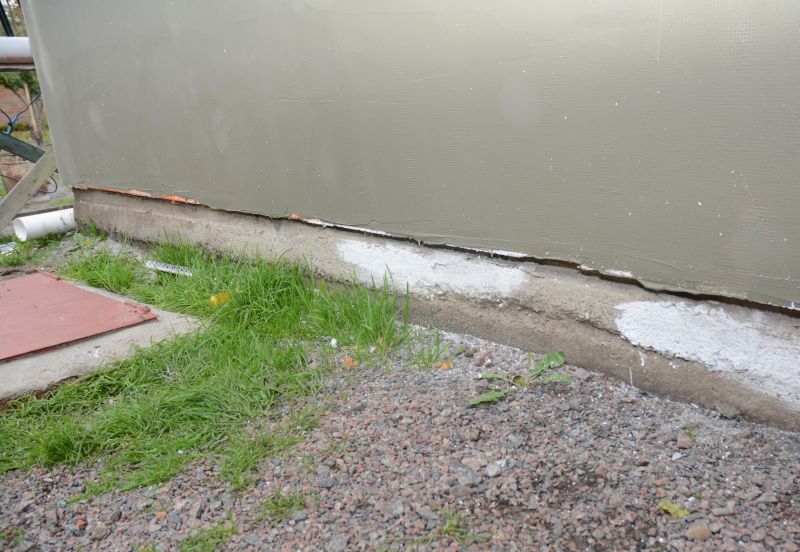Optimal Timing for Foundation Repairs
Understanding the optimal timing for foundation repairs is essential for ensuring effectiveness and minimizing disruption. The best time to undertake foundation repairs typically depends on weather conditions, soil stability, and the severity of foundation issues. Generally, dry and moderate weather conditions provide ideal circumstances for repair work, as excessive moisture or extreme cold can complicate procedures.
These seasons often offer favorable weather conditions with less rainfall, making it easier to perform repairs without delays caused by weather-related issues.
Extreme cold or persistent wet conditions can hinder repair processes and affect the curing of materials like concrete.
Periods after droughts can be ideal, as soil is less likely to shift significantly, reducing the risk of further foundation movement.
Dry conditions help ensure proper curing of repair materials and reduce the risk of water-related complications.

Ways to make Foundation Repairs work in tight or awkward layouts.

Popular materials for Foundation Repairs and why they hold up over time.

Simple add-ons that improve Foundation Repairs without blowing the budget.

High-end options that actually feel worth it for Foundation Repairs.

Finishes and colors that play nicely with Foundation Repairs.

Little measurements that prevent headaches on Foundation Repairs day.

A 60-second routine that keeps Foundation Repairs looking new.

A frequent mistake in Foundation Repairs and how to dodge it.

Small tweaks to make Foundation Repairs safer and easier to use.
| Season | Ideal Conditions |
|---|---|
| Spring | Moderate temperatures, less rainfall |
| Summer | Dry weather, longer daylight hours |
| Fall | Stable soil conditions, mild temperatures |
| Winter | Generally not recommended due to cold and moisture |
Foundation repairs are critical for maintaining structural integrity and preventing further damage. Proper timing can influence the longevity and success of repair work. Soil conditions, weather, and the severity of existing issues are key factors in determining the optimal repair window. Addressing foundation problems early can reduce long-term costs and prevent more extensive structural repairs.
Statistics indicate that foundation issues are among the most common structural problems in residential properties. Studies show that over 30% of foundation repairs are caused by soil movement, which is often influenced by weather patterns. Timely repairs during suitable seasons can improve the durability of the work and minimize future complications.

Lower-waste or water-saving choices for Foundation Repairs.

The short, realistic tool list for quality Foundation Repairs.

Rough timing from prep to clean-up for Foundation Repairs.

Quick checks and paperwork to keep after Foundation Repairs.
Interested property owners in Lawrenceburg, KY, seeking foundation repairs are encouraged to contact for further information. Proper assessment and timely intervention can help preserve the structural integrity of the property and avoid costly future repairs.

